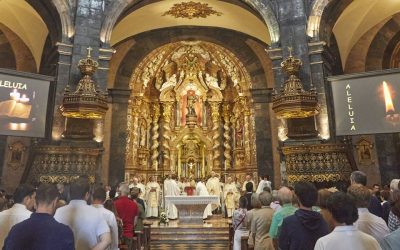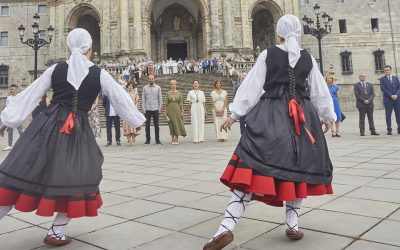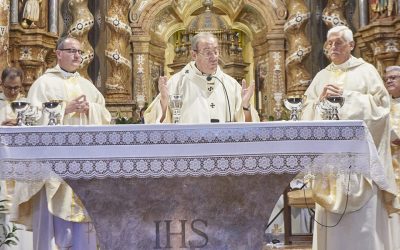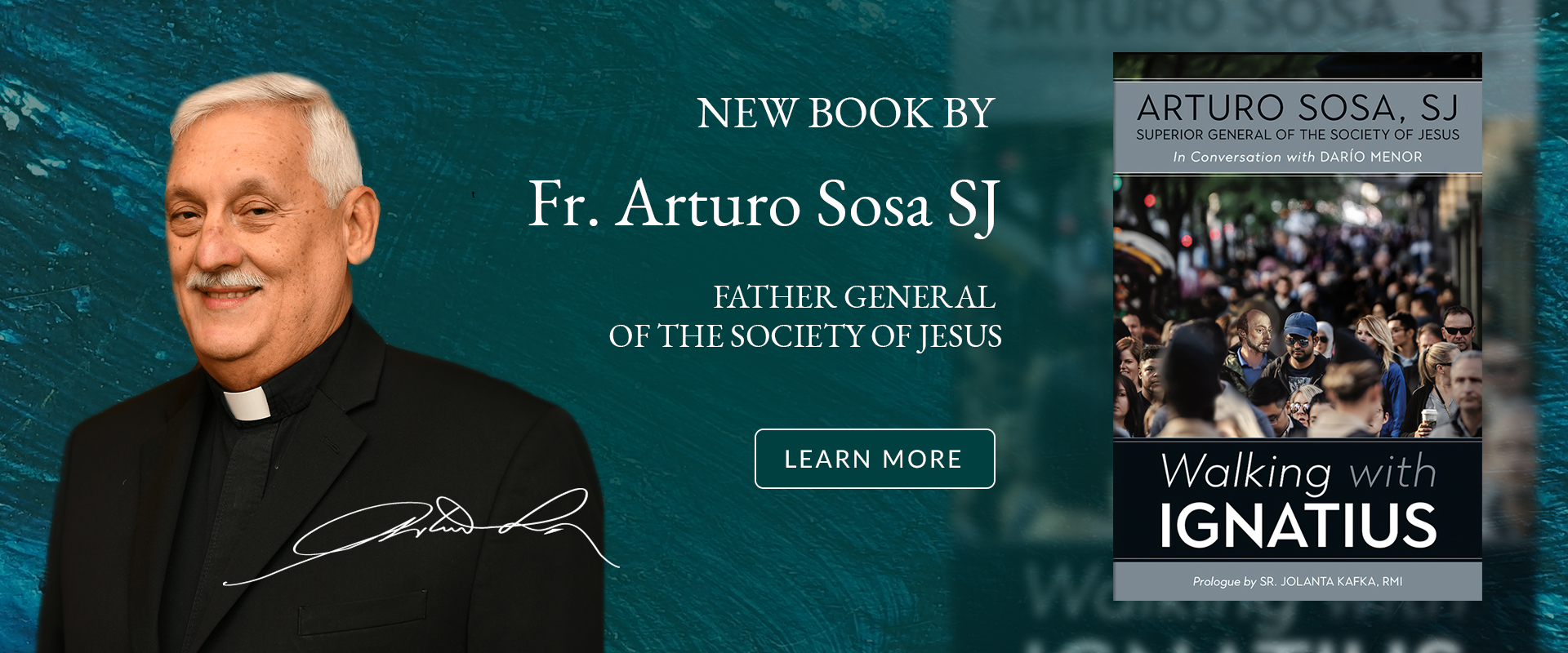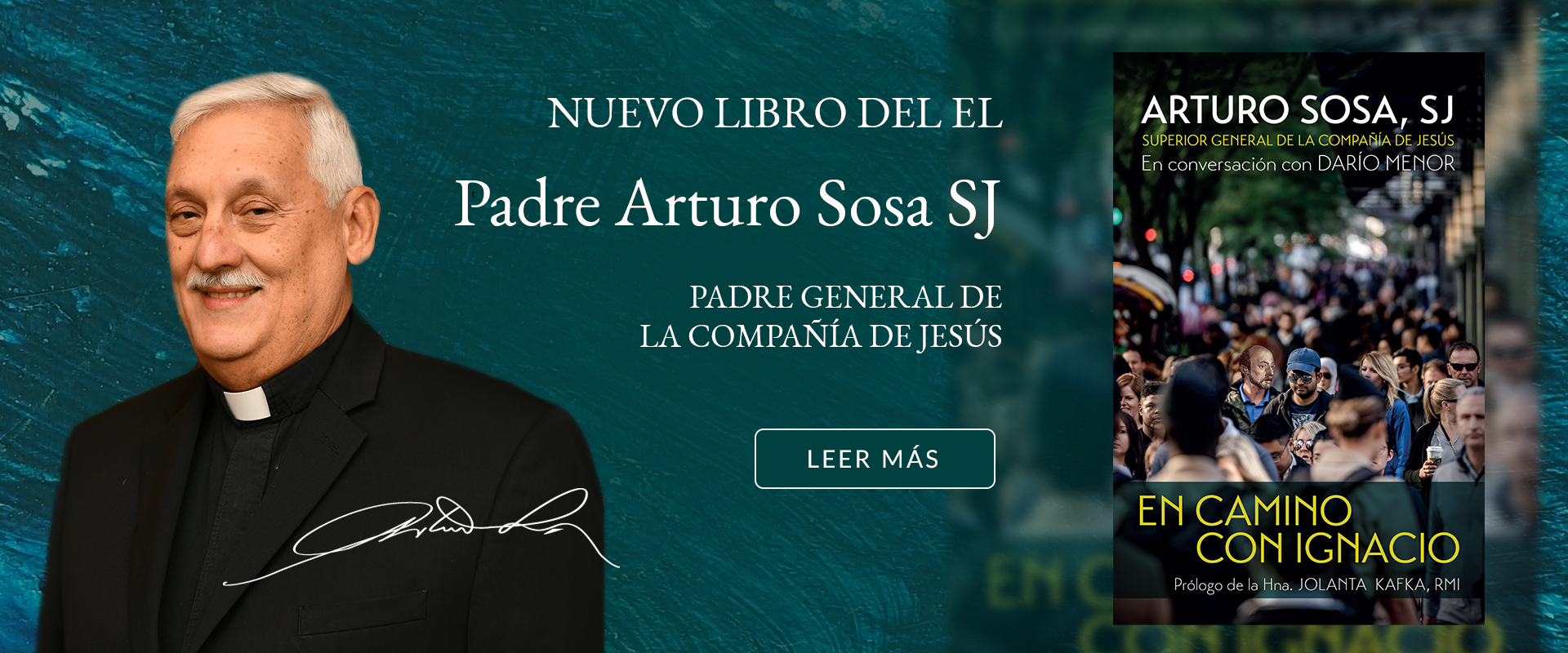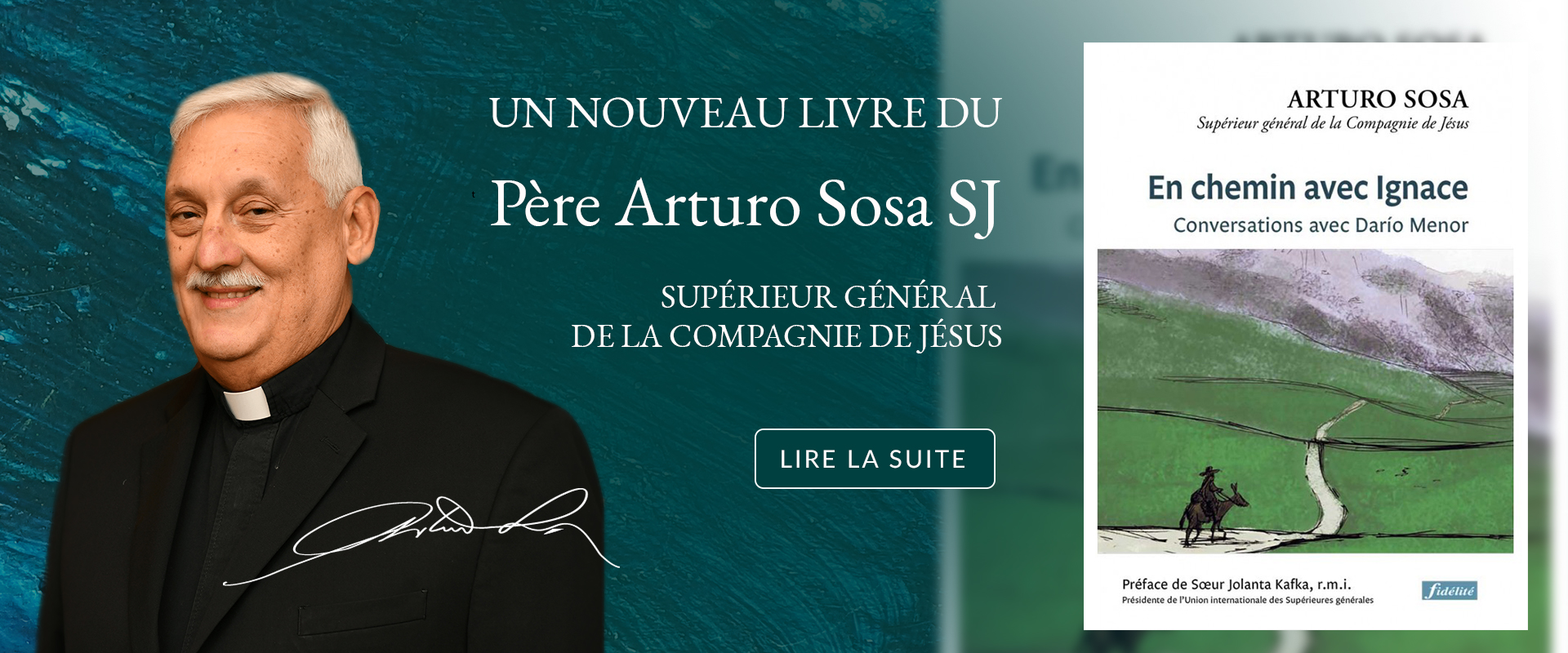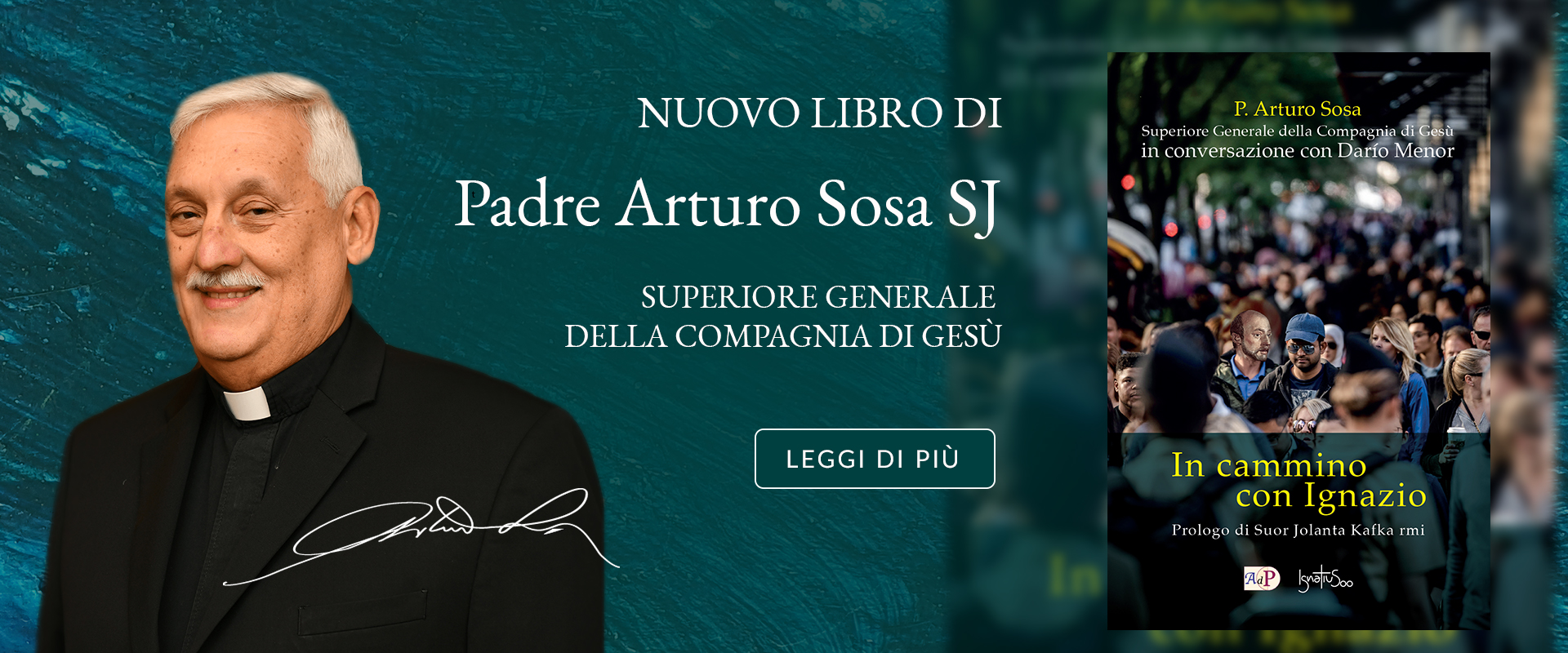During this Ignatian Year, we are publishing a series of homilies that Fr. General Kolvenbach held on the feast days of St. Ignatius. In this homily, Fr. Kolvenbach focuses the encounter with Christ.
Church of the Gesù, Rome, July 31st 2000
It is a great joy for us all to finally be able to celebrate Saint Ignatius’ feast next to his tomb in this wonderfully restored church of the Gesù.
In the gospel we have just listened to the Lord asking this group of twelve Palestinian men a decisive question. He asks them what people are saying about him, and the apostles tell him of the rumours which have spread among the people and the theologians’ official answers: He is a prophet, Elias has returned. But the master is more interested in the apostles’ personal reactions, in their true and authentic answer: “Who do you say that I am?” If we pray over Jesus’ question with and in the spirit of Saint Ignatius, we are invited not to consider this passage of the gospel as an event of the past – now definitively past -, but as a personal meeting with Jesus which is occurring in God’s today – now – which leads to a question for each one of us: and you, who do you say that I am? Not to solicit a mere piece of information but, on the contrary, to lead us to assume a position in front of this Jesus of Nazareth, the Lord who died and rose again, living among us: substantially, who is this Jesus for me?
Answering with ready-made formulas learnt in school is not enough: Jesus asks us to tell him in new words – very personal words -what our faith in him is, here and now. Ignatius’ life, with his great availability to constantly carry out more fully what the Lord asked of him, was Ignatius’ answer to Jesus’ question: you, who do you say that I am? Take up a position, make your choice. For Ignatius, not only this evening’s gospel but all the mysteries of Christ’s life were as many requests on the Lord’s part that he make concrete choices during his life. Ignatius invites us to become personally present in sacred history, not to treat it as a great story from the past but as a real presence of the Lord among us, an inspiring presence of Christ in our existence. The whole of Ignatius’ example proves that the holy Scripture – prayed, meditated and contemplated every day – illuminates our intelligence in the light of Christ, orients our will towards choices and attitudes, our projects and decisions assumed in the Spirit of Christ, and slowly transforms our hearts of stone, so slow to believe, so hardened against culling God’s heart in our familiarity with the Lord.
Today’s gospel has lost neither its actuality nor Saint Ignatius’ help for us to be able to answer it with our whole hearts. Many of our contemporaries believe in God or at least in something which surpasses us, a form of creative transcendence, but they have lost their personal faith in Christ because the mystery of an incarnate God, of a Christ who died and rose again, scandalizes or seems sheer madness. Through the contemplation of the mystery of Jesus – of what is hidden and what is veiled – Ignatius would like to guide and accompany us towards an adult faith, a faith stripped of useless clutter, so that we may return to what is essential in our faith: tell me who I am for you. This Jesus who from creator became man: what have I done for Christ, what am I doing now for Christ and what must I do for Christ? Answering these questions with adult faith requires that we have a child’s open and generous heart.
But Saint Ignatius did not stop at a fragment of the gospel: he opened his heart to Christ’s entire good news. In fact this evening’s gospel does not end with the decisive question: and you, who do you say that I am? Listening to Peter’s answer Jesus proclaimed: you are Peter, and on this rock I shall build my Church. Many of our contemporaries will be tempted to give Jesus an enthusiastic answer but go no further. In all the purity of his divinity and humanity Jesus can solicit our hearts but how can we loyally answer “yes” to this man, Peter, undoubtedly the first of the apostles but also the man of so many betrayals, faint-heartedness and weakness? This human aspect of Christ’s first Vicar on earth in no way prevented Ignatius from passionately loving Christ our Lord, the Groom, and the hierarchical Church, his Spouse; from serving Christ our Lord and him who, in the fullness of his love, he wished as his Vicar on earth; from knowing the choices and desires of the Lord’s love through the Church of Peter. Because, Ignatius confessed, it is the same Spirit, after all, who governs and guides us and directs and governs our holy mother the Church.
In this year during which so many pilgrims are setting out towards Rome, we must remember Ignatius and his first companions who, wanting to render greater service for the glory of God, set out for the eternal city simply to ask the Vicar of Christ where to go, where to be sent in order to continue the Lord’s work, particularly among those who did not know Jesus or did not know him well. They did not want to do their own work but the work of the Church, under the guidance of the only person who can say to us: Christ is here, Christ is not there. And so, to answer the Lord’s question in this evening’s gospel: “And you, who do you say that I am?” Saint Ignatius, in his mystical vision, was convinced that if we allow the Spirit who dwells in us to answer, our answer will be both very personal and very ecclesial, because – he says – “the same divine Spirit is present in all things”. From the beginning the Society’s spirituality, founded on Ignatius’ life and experience, answered Jesus’ question as follows: “The Society walks along the way of the Spirit, fights for God under the banner of Jesus’ cross, serves the only Lord and the Church his spouse, under the Roman pope, the Vicar of Christ on earth”.
And you, who do you say that I am? Let us pray for Saint Ignatius’ intercession and example, that it may be granted us to give a personal answer to the Lord’s question – an answer inspired by love and new zeal for him and his spouse, the Church of Rome founded on Peter. May the union with the body and blood of Christ make us become an answer of love for the greater glory of God, in the service of his Church and of him who presides over it in charity.
Read the other homilies here.


